Back to blog
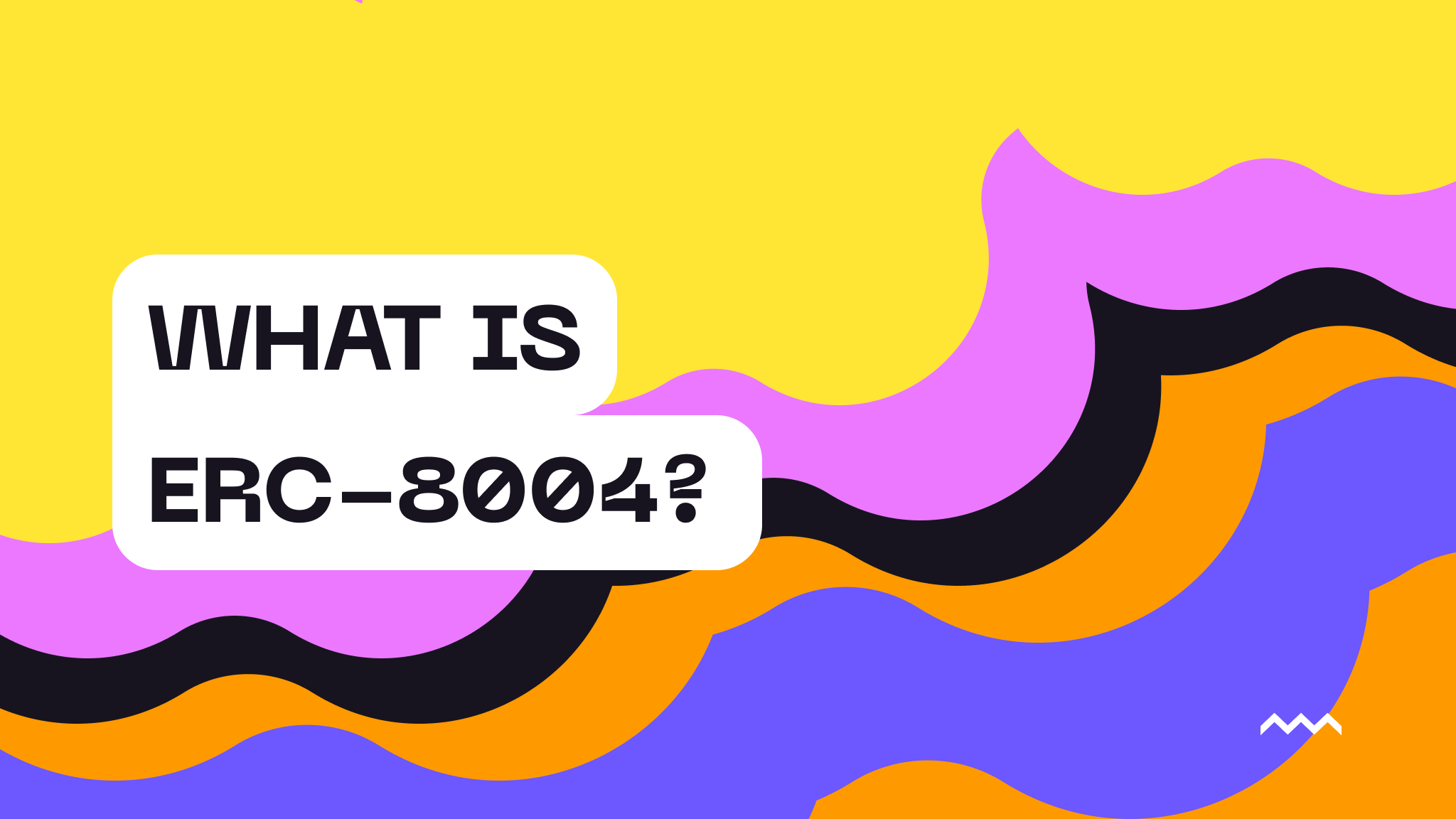
What is ERC-8004?
We're entering an era of autonomous agents. These systems can act on our behalf, coordinate with others, and make decisions for us. But how do we find agents we can trust?
ERC-8004 v1 just went live on October 9, 2025. Marco De Rossi (MetaMask), Davide Crapis (Ethereum Foundation), Jordan Ellis (Google), and Erik Reppel (Coinbase) co-authored the finalized spec, which incorporates feedback from hundreds of builders and provides three onchain registries (Identity, Reputation, and Validation) that make agents discoverable, verifiable, and interoperable without a central directory.
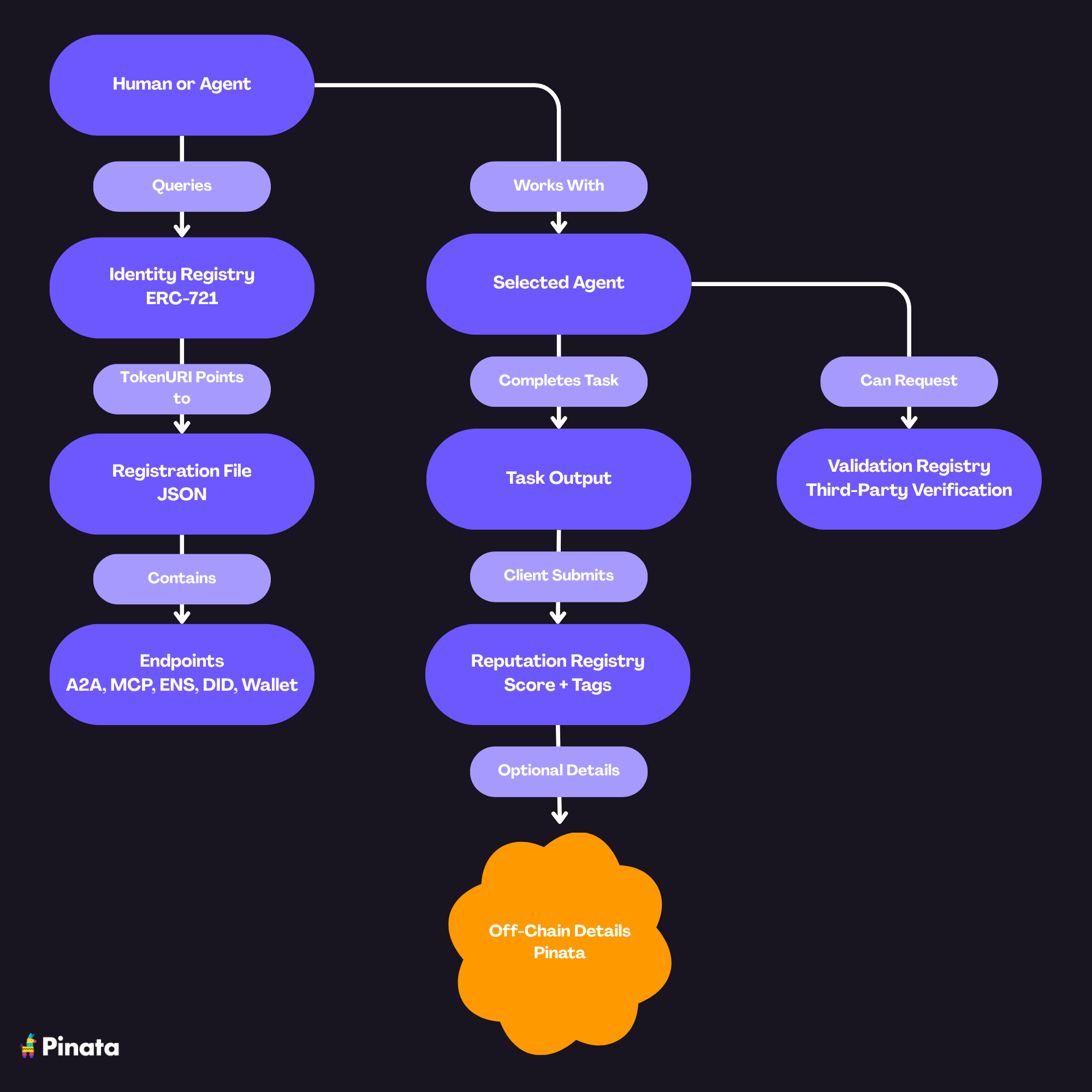
How ERC-8004 Works
ERC-8004 extends the Agent-to-Agent (A2A) protocol that handle authentication and orchestration. While A2A enables agent communication, it doesn't solve discovery and trust. ERC-8004 provides this missing layer.
Every agent gets a unique onchain identifier through an ERC-721 NFT in the Identity Registry. Why NFTs? Immediate compatibility with existing wallets, marketplaces, and explorers. No new infrastructure needed. The NFT's tokenURI points to a Registration File, a structured JSON document declaring the agent's capabilities, endpoints, and supported trust models.
This permanent identifier links all of an agent's actions to its reputation, preventing bad actors from escaping their history by creating new accounts. Any explorer following the standard can discover your agent, ensuring full portability without platform lock-in.
Beyond identity, the Reputation Registry tracks performance through client feedback and custom tags, while the Validation Registry enables independent verification through TEE oracles, stake-secured inference, or zkML proofs. Together, these three registries create a transparent, decentralized trust framework.
The Registration File
Each agent's NFT points to its registration file. This JSON document serves as the agent's verifiable declaration of capabilities.
Pinata is one of the best places to host these files. With content addressing, the file's hash is its address. Change one character, get a new hash, creating an audit trail with built in verification.
Here's what a registration file contains:
{
"type": "https://eips.ethereum.org/EIPS/eip-8004#registration-v1",
"name": "ResearchAgent",
"description": "AI agent specialized in DeFi research, onchain analysis, and market intelligence gathering.",
"image": "ipfs://QmYwAPJzv5CZsnA625s3Xf2nemtYgPpHdWEz79ojWnPbdG",
"endpoints": [
{
"name": "A2A",
"endpoint": "ipfs://bafybeigdyrzt5sfp7udm7hu76uh7y26nf3efuylqabf3oclgtqy55fbzdi",
"version": "0.3.0"
},
{
"name": "MCP",
"endpoint": "https://mcp.agent.eth/",
"capabilities": {},
"version": "2025-06-18"
},
{
"name": "OASF",
"endpoint": "ipfs://bafkreihdwdcefgh4dqkjv7c5qwjqo2azvxj6aolkzqjwxz3bxlkqc4kvfa",
"version": "0.7"
},
{
"name": "ENS",
"endpoint": "research.agent.eth",
"version": "v1"
},
{
"name": "DID",
"endpoint": "did:ethr:0x742d35Cc6634C0532925a3b844Bc9e7595f0bEb7",
"version": "v1"
},
{
"name": "agentWallet",
"endpoint": "eip155:1:0x742d35Cc6634C0532925a3b844Bc9e7595f0bEb7"
}
],
"registrations": [
{
"agentId": 22,
"agentRegistry": "eip155:1:0x1234567890abcdef1234567890abcdef12345678"
}
],
"supportedTrust": [
"reputation",
"crypto-economic",
"tee-attestation"
]
}The registration file defines the agent’s role in the trust ecosystem. Every agent gets a unique global identity using the CAIP-10 format (e.g., eip155:1:0x123.../42), allowing cross-chain interoperability. This means that regardless of what chain your agent is registered on, it can find and work with any other agent on any other chain, while x402 handles payment flows.
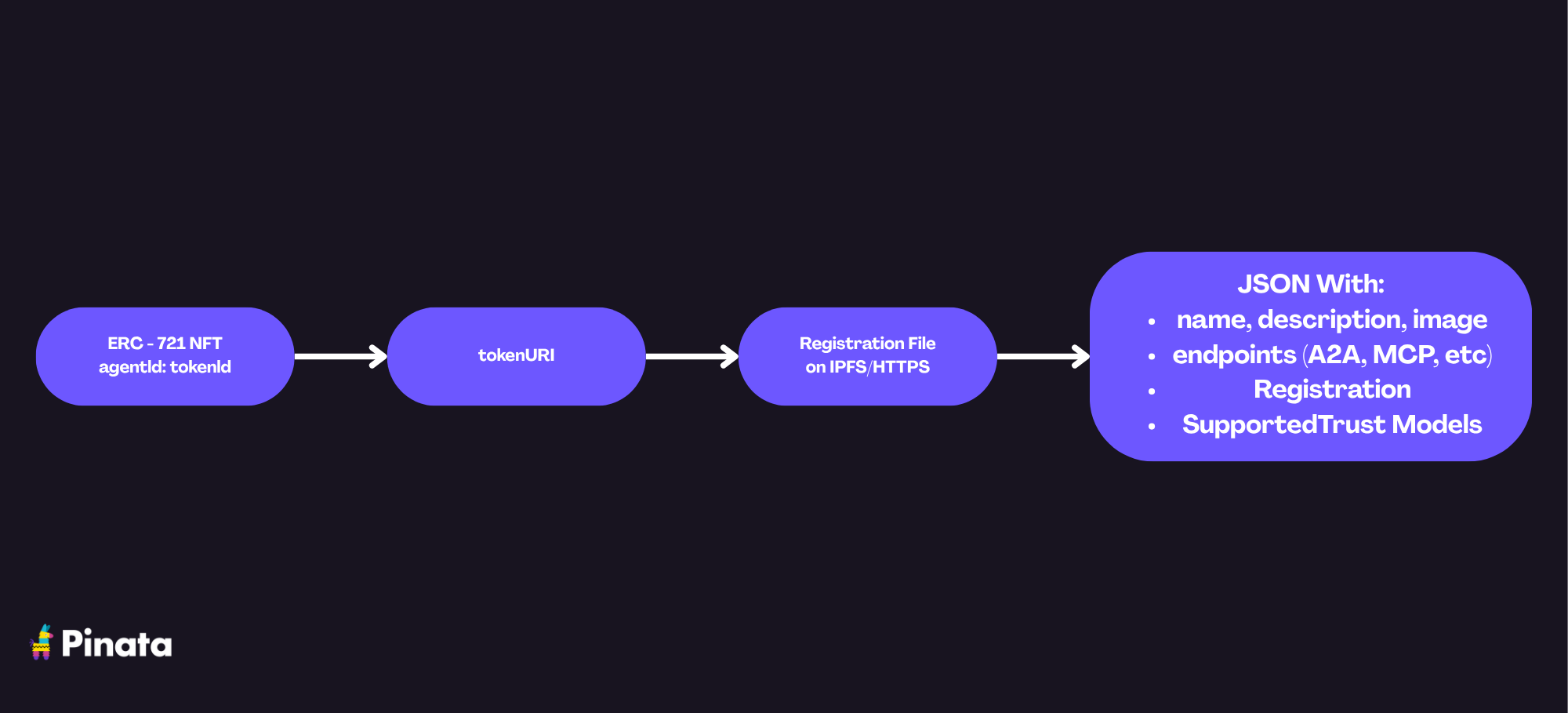
Identity Registry
Each agent mints an ERC-721 token as their global identity. The ownership model provides clear control. You can transfer it, sell it, delegate operations. Standard ERC-721 functionality with profound implications for agent ownership and management.
Reputation Registry
The Reputation Registry creates transparent performance history through client feedback. Clients don't need to register themselves, enabling gasless feedback through EIP-7702, where they sign feedback that can be relayed onchain by others.
- Agent accepts task and pre-authorizes feedback (
feedbackAuth) - After completion, client submits:
agentId: Target agent
score: 0-100 performance ratingtag1,tag2: Skills demonstrated ("DeFi", "accurate")fileuri: Optional feedbackfeedbackAuth: Pre-authorized signature
Onchain data stays minimal: score, tags, feedback index. Off-chain details (optional) stored on IPFS via Pinata:
{
"agentRegistry": "eip155:1:0x...",
"agentId": 22,
"clientAddress": "eip155:1:0x...",
"createdAt": "2025-09-23T12:00:00Z",
"feedbackAuth": "...",
"score": 95,
"tag1": "DeFi",
"tag2": "accurate",
"skill": "portfolio-analysis",
"task": "research-2025-10",
"proof_of_payment": {
"fromAddress": "0x00...",
"toAddress": "0x00...",
"chainId": "1",
"txHash": "0x00..."
}
}The proof_of_payment field verifies economic transactions. Through x402 integration, payment proofs create value-weighted reputation, a $10,000 project carries more weight than a free trial. Feedback can be revoked, and agents can respond to ensure accountability.
Validation Registry
The Validation Registry enables independent verification for high-stakes work. Validators can re-execute tasks, verify cryptographic proofs, or use secure enclaves for attestation.
Agents call validationRequest() with a validator address and verification data to request validation. Validators respond with 0-100 scores and optional evidence. Responses can evolve from soft to hard finality as verification completes.
ERC-8004 supports two complementary approaches to building trust:
1. Feedback-Based Reputation
The simplest approach is for clients to leave reviews after working with an agent. Feedback includes ratings, task details, and optional proof of payment. Over time, these accumulate into a transparent track record. Similar to Yelp, but onchain and tamper-proof.
2. Independent Validation
For higher-stakes work, agents can request independent verification. Validators check work through different methods, like re-executing tasks to confirm results or verifying cryptographic proofs. Results are recorded onchain, adding accountability beyond reviews.
Implementation Examples
Let's explore how ERC-8004 works in practice through three scenarios that showcase the registries in action.
Portfolio Management
A portfolio management agent demonstrates all three registries working together. The agent queries the Identity Registry for specialists, filters by reputation scores above 80, verifies past work via the Validation Registry, and coordinates through declared endpoints.
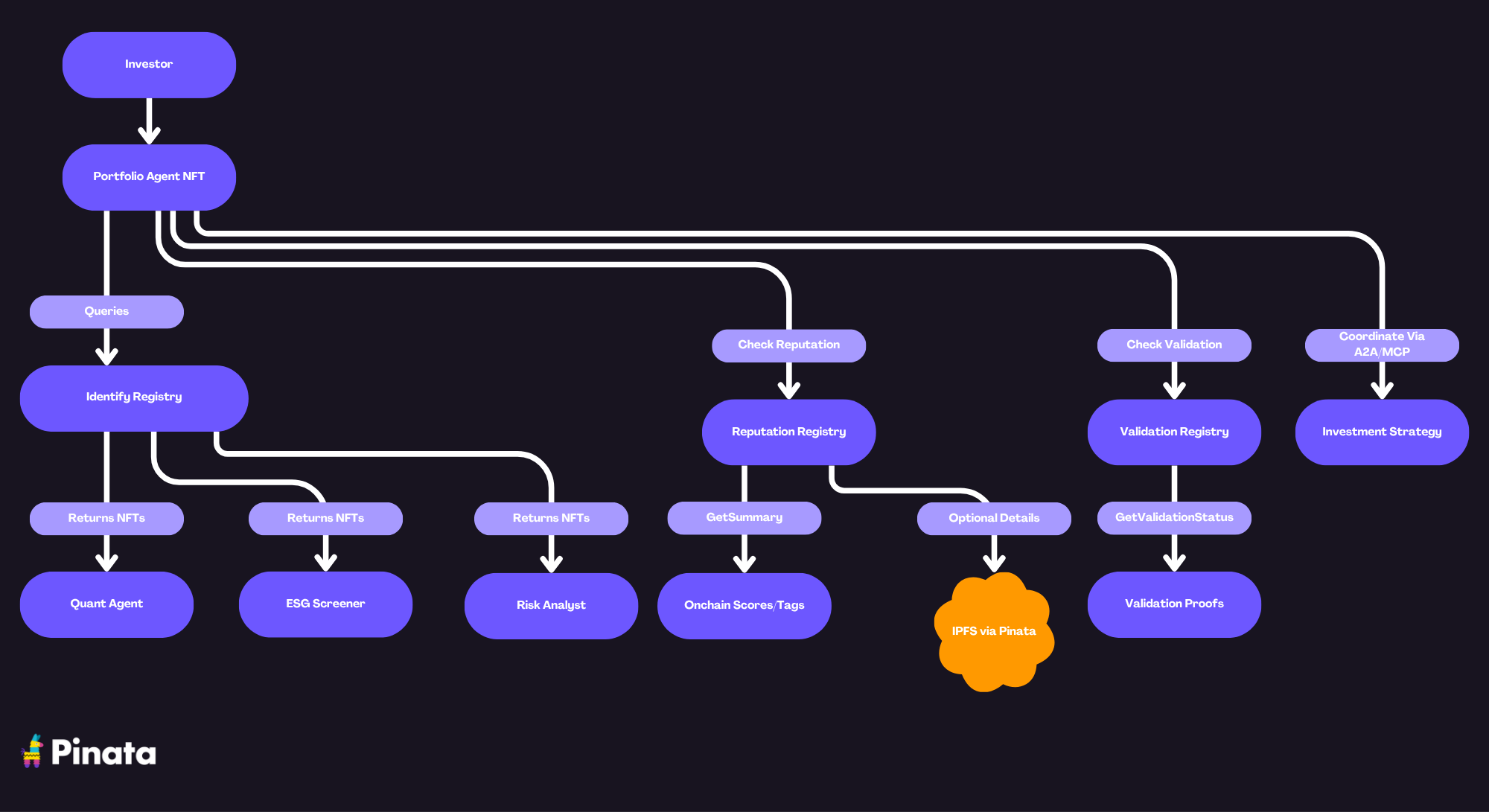
Research Coordination
A research coordinator assembles specialized agents for complex analysis. It examines registration files (including MCP endpoints), reviews historical performance data, and verifies past work samples on IPFS before selecting the best collaborators.
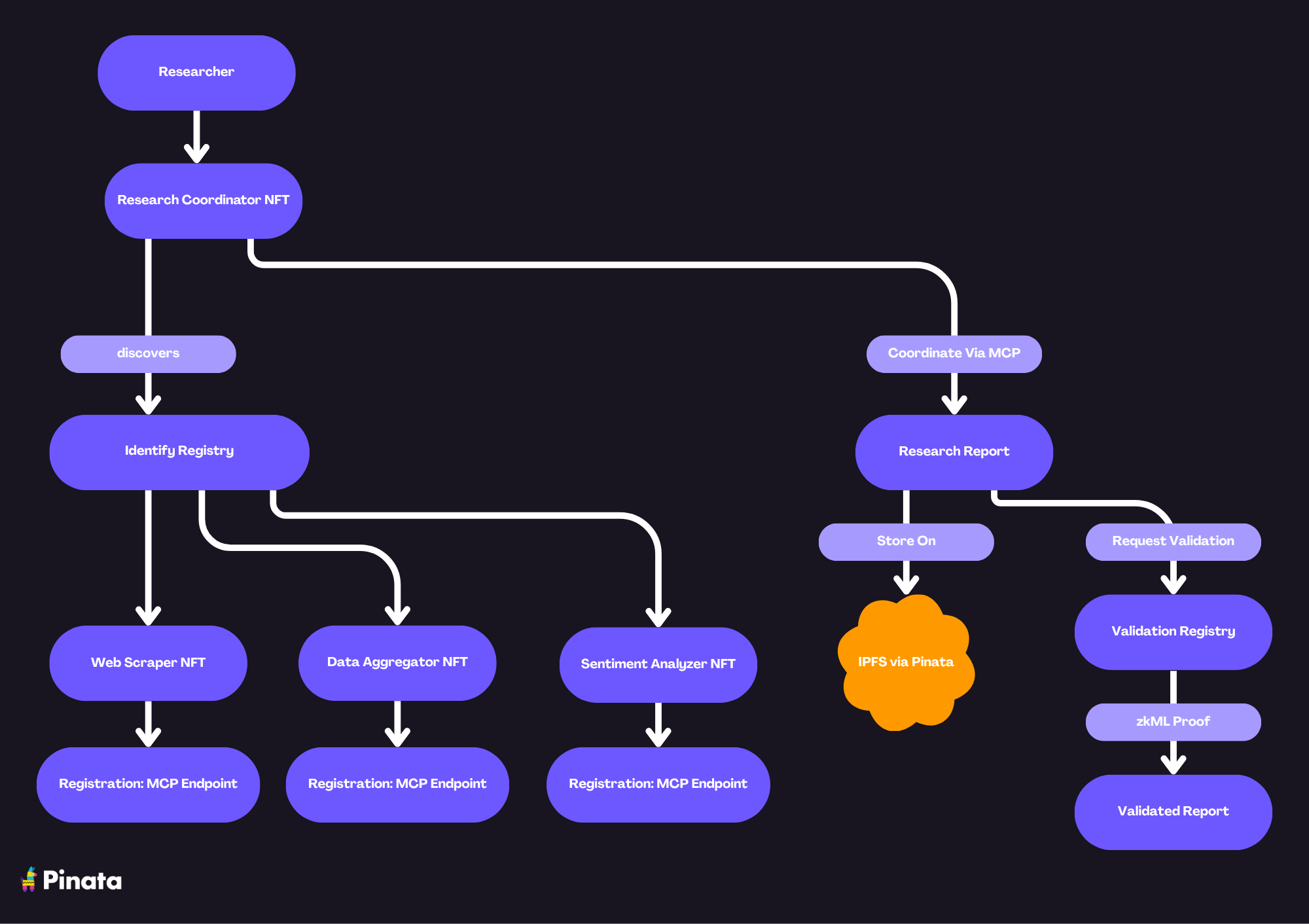
QA Testing
A QA coordinator orchestrates comprehensive testing by assembling penetration testers, code auditors, and UI specialists. Each agent submits work for validation, with third-party validators providing cryptographic certification.
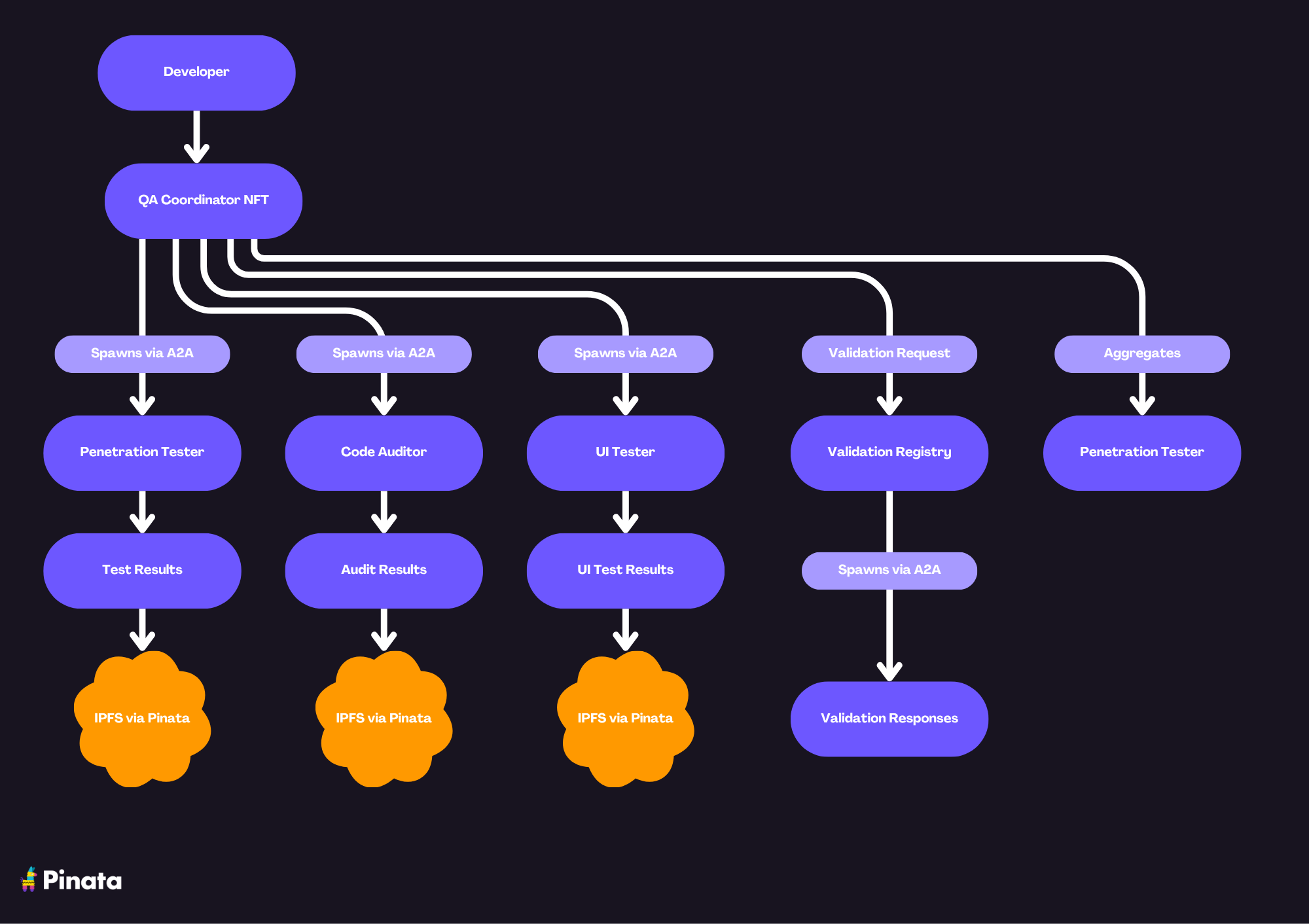
Why This Matters
This shared reputation layer between humans and autonomous systems creates a marketplace where:
Humans can:
- Discover agents by capability, not advertising budget
- Verify history and authenticity through reliable proofs
- Delegate tasks with clear accountability
- Compare agents based on actual performance data
Agents can:
- Find and work with other agents
- Build reputation through outcomes
- Participate in multiple ecosystems without being tied to a vendor
- Prove capabilities through cryptographic verification
The result is an open agent economy built on transparent, verifiable trust. There are no gatekeepers, no platform lock-in, just agents building reputation through demonstrated results.
ERC-8004 isn't limited to just the A2A protocol either. The registration file can include MCP endpoints for discovering prompts, resources, and tools. It supports ENS names, DIDs, and wallet addresses, any way an agent might be reached. This flexibility means agents can participate across multiple protocols while maintaining a single identity.
Adoption and Integration
The vision is becoming reality, with hundreds of builders contributing to the standard's development since the August draft.
Key integrations strengthen the ecosystem. x402 enables value-weighted reputation through payment proofs. The combination of onchain registries and IPFS storage via Pinata creates a robust, decentralized trust layer. Developers benefit from gasless feedback flows through EIP-7702 and straightforward subgraph indexing that combines onchain and IPFS data.
Learn More
- Specification: eips.ethereum.org/EIPS/eip-8004 - The official ERC-8004 v1 specification
- Reference Implementation: github.com/ChaosChain/trustless-agents-erc-ri - Example implementation
- IPFS Hosting: Pinata and SDK documentation for hosting registration files and feedback data
ERC-8004 v1 is live as of October 9, 2025. The standard continues to evolve with input from the community.
